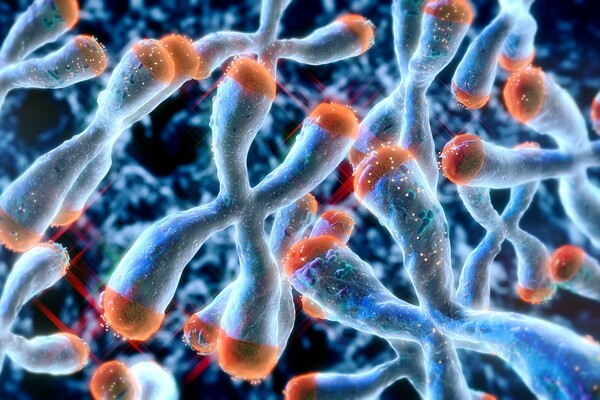
Image: fcafotodigital via Getty Images
2 min. read
Doctors treating kidney disease have long depended on trial-and-error to find the best therapies for individual patients. Now, new artificial intelligence (AI) tools developed by researchers in the Perelman School of Medicine and the Wharton School can analyze kidney disease at the cellular level to match the most effective treatments and speed up solutions. This research is published in Nature Genetics.
“Kidney diseases are not all the same, but the use of AI helped us identify and catalog 70 distinct kinds of kidney cells that appear across human and animal samples. This improves the reliability of research and can lead to potential treatments,” says Katalin Susztak, a professor of nephrology and genetics and director of the Penn/CHOP Kidney Innovation Center.
The Penn team tackled a major challenge in single-cell RNA sequencing, a cutting-edge technique that examines the genetic activity of individual cells. The solution includes SISKA 1.0 Atlas: A massive dataset built from over 1 million cells across 140 human, mouse, and rat kidney samples. In combination with a new statistical method that examines gene programs—sets of co-regulated genes representing biological pathways—rather than individual genes, it was easier to spot disease-related problems in a person’s cells.
“We built CellSpectra to do what current methods cannot: analyze one patient’s sample at a time, and interpret it in the context of species, disease, and therapy,” says Nancy Zhang, the Ge Li and Ning Zhao Professor of Statistics at the Wharton School.
The Susztak team has also created the first comprehensive catalog of kidney proteins, offering a new lens on how protein abundance, not just gene expression, contributes to disease. This work, published in Nature Medicine, finds that protein levels in kidney cells often don’t match gene activity (a mismatch called discordance), showing that studying genes alone isn’t enough to understand how diseases develop.
Read more at Penn Medicine News.
Matt Toal

Image: fcafotodigital via Getty Images

nocred

Mia Levine and Michael Lampson’s research examines how telomere length is inherited, and how this can inform future genetic research in how cancer develops.
(Image: Courtesy of Getty/nopparit)

Image: Mininyx Doodle via Getty Images